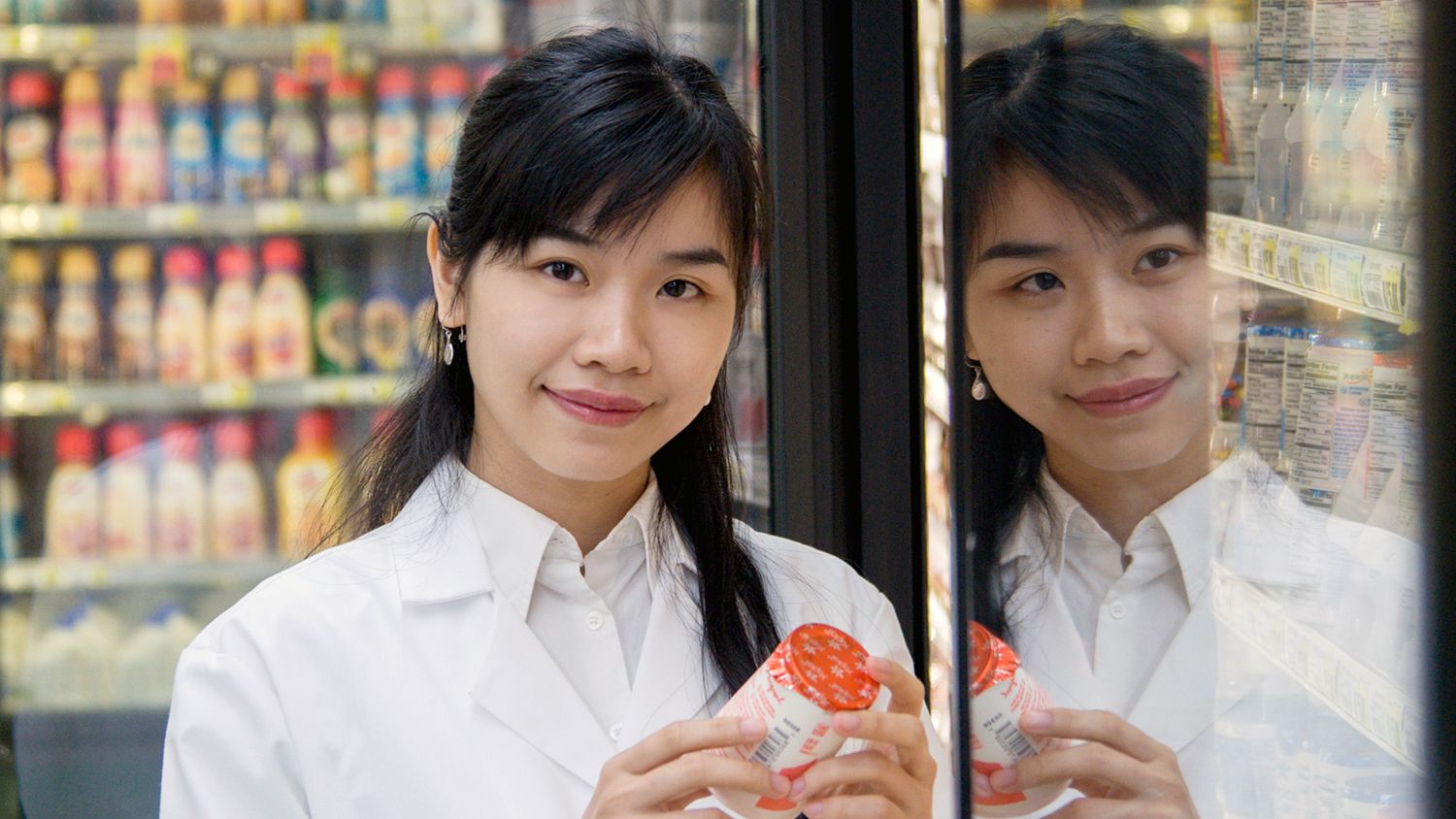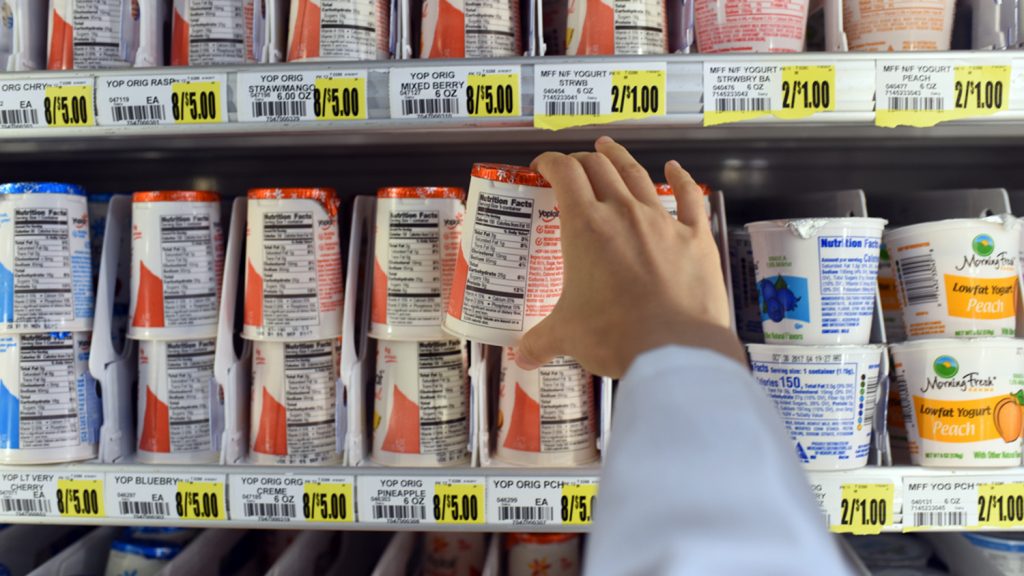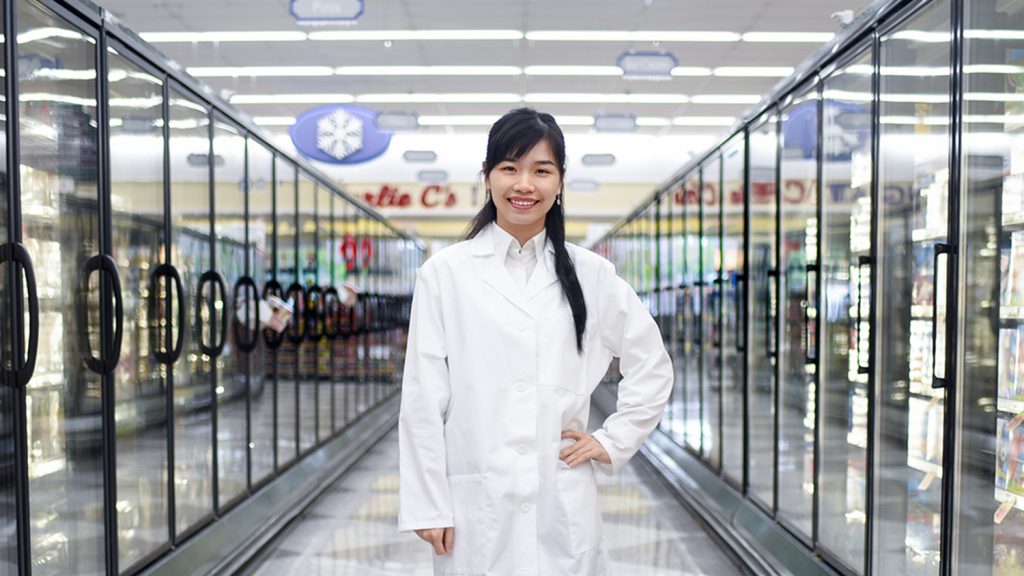Helping Health: Feifei Liang

Feifei Liang
Ph.D. Candidate
Department of Agricultural and Resource Economics
You make hundreds of purchasing choices every trip to the grocery store: Cookies or carrot sticks? Organic or regular?
Feifei Liang is figuring out how to help you make healthier choices.

Liang’s dissertation research asks how consumer health decisions are influenced by different types of nutrition labels — both what consumers buy and how much they’re willing to pay for it.
“We are living in an era where there is perhaps too much information in our lives,” Liang said. “I’m thinking about how information could be better organized, and what kind of information is actually needed.”
To figure this out, Liang deciphers data collected from thousands of shoppers in a midwestern grocery store from 2010 to 2011, when certain types of simpler labels were first introduced in the area. She examines variables like price, product attributes and type of nutrition label, coupled with consumer demographics like income, education and age.

She’s seen that, for example, people will pay 3-4 percent more on average for a container of yogurt with a simpler nutrition label — though factors like education level also impact that number.
This information could prove helpful to consumers, food manufacturers and grocery stores alike. In addition to helping figure out the best way to promote healthier food choices, this kind of scan-data analysis could impact pricing choices for manufacturers, or hone the promotional sales grocery stores send based on demographic preferences.
Liang herself has been affected.
“I spend more time on my own grocery shopping now,” Liang said. “I’m buying food for myself, but I’m also thinking about it as future research.”



